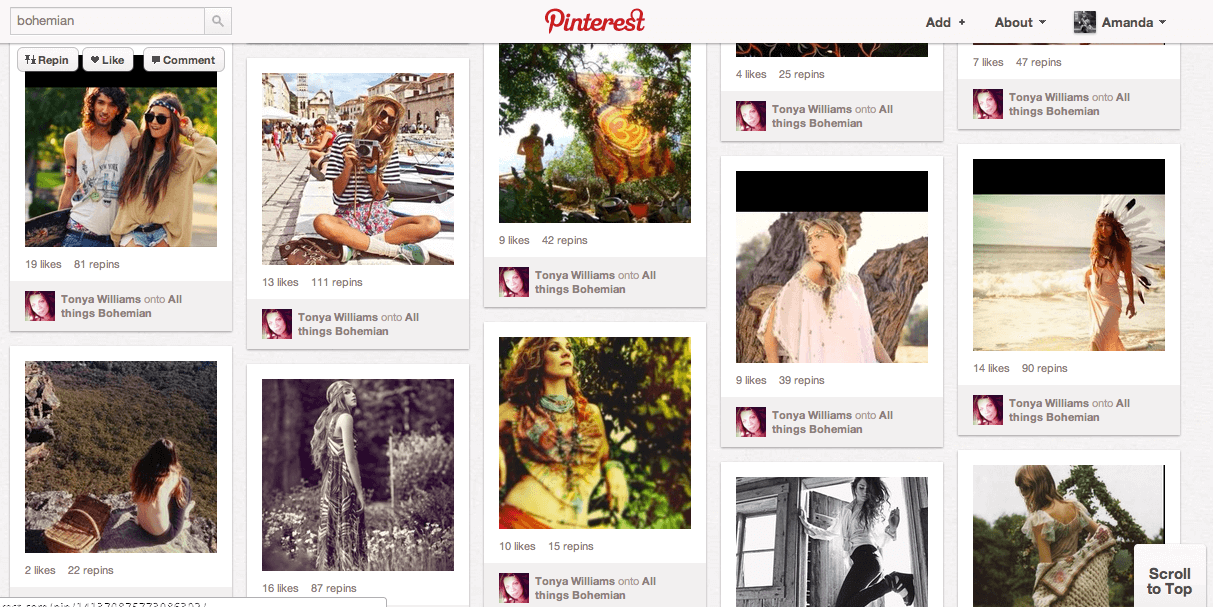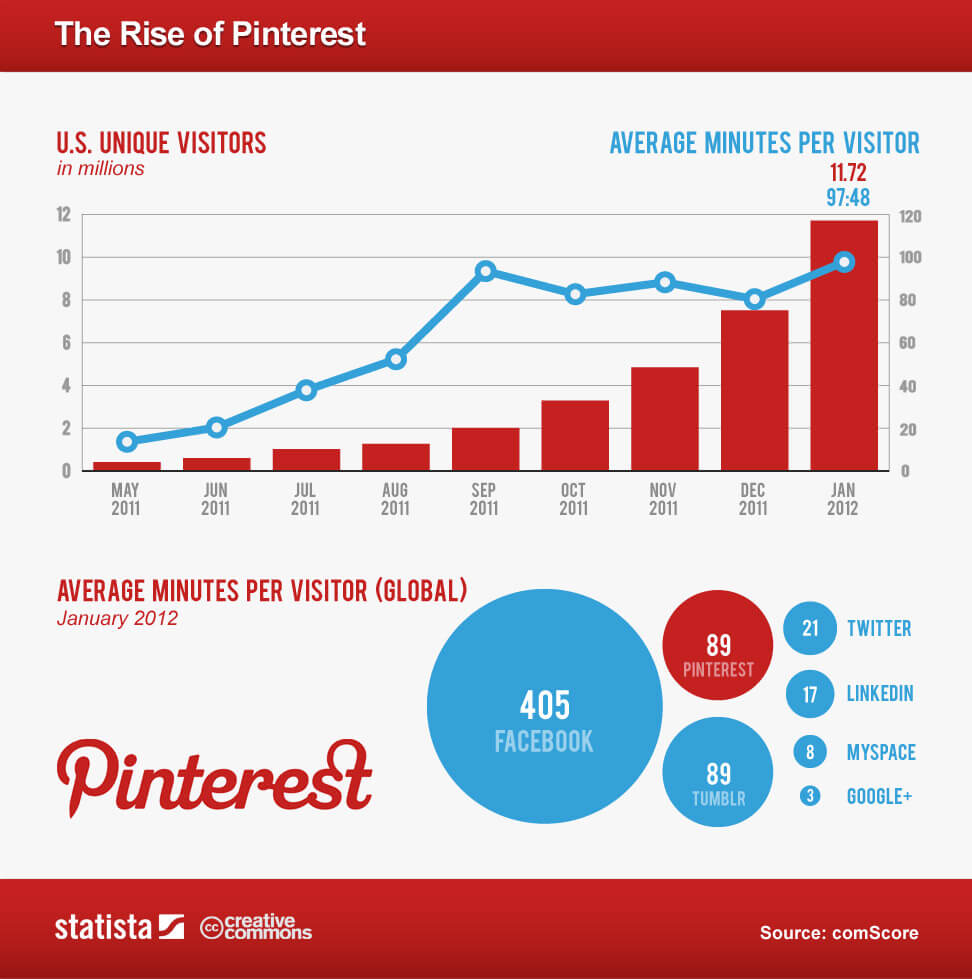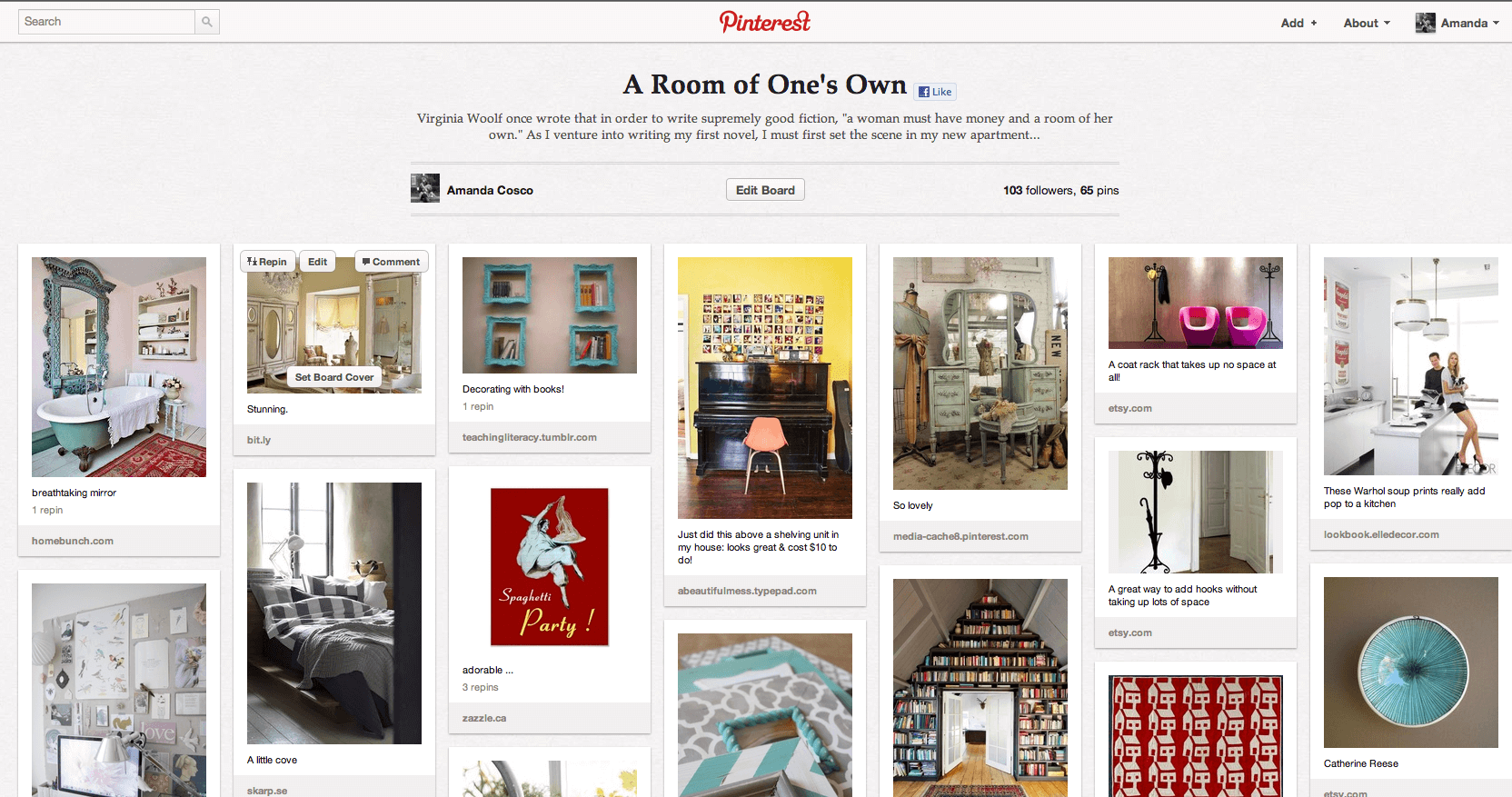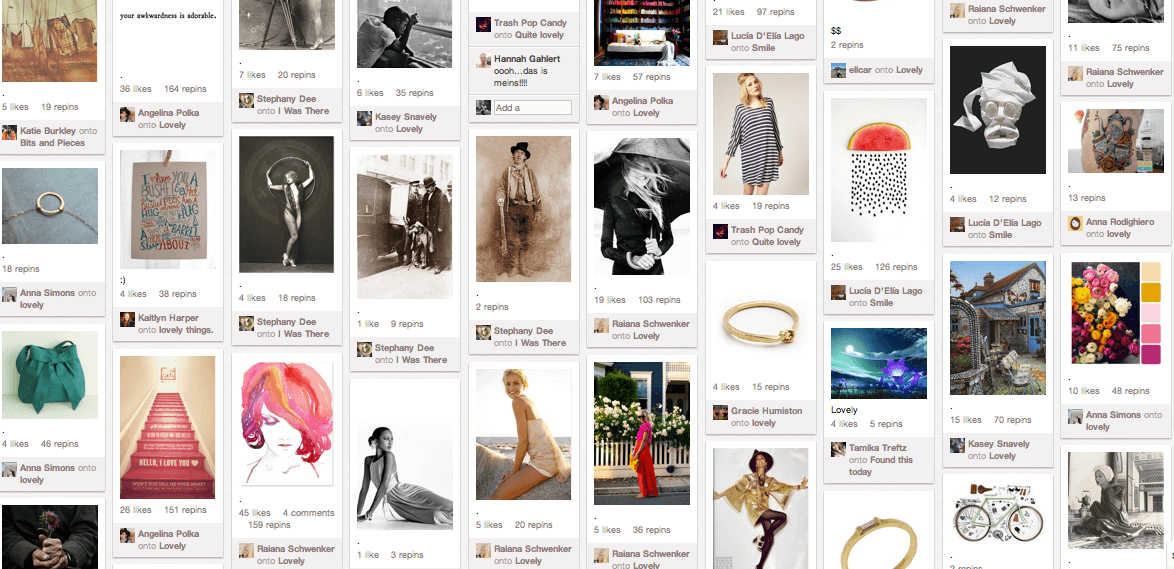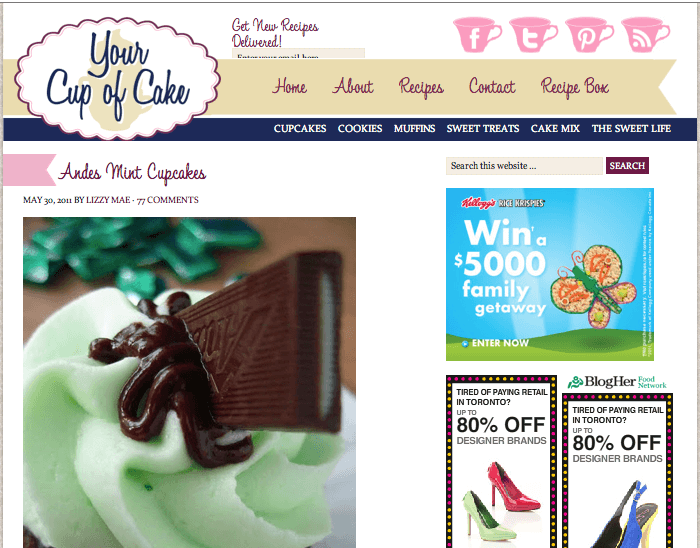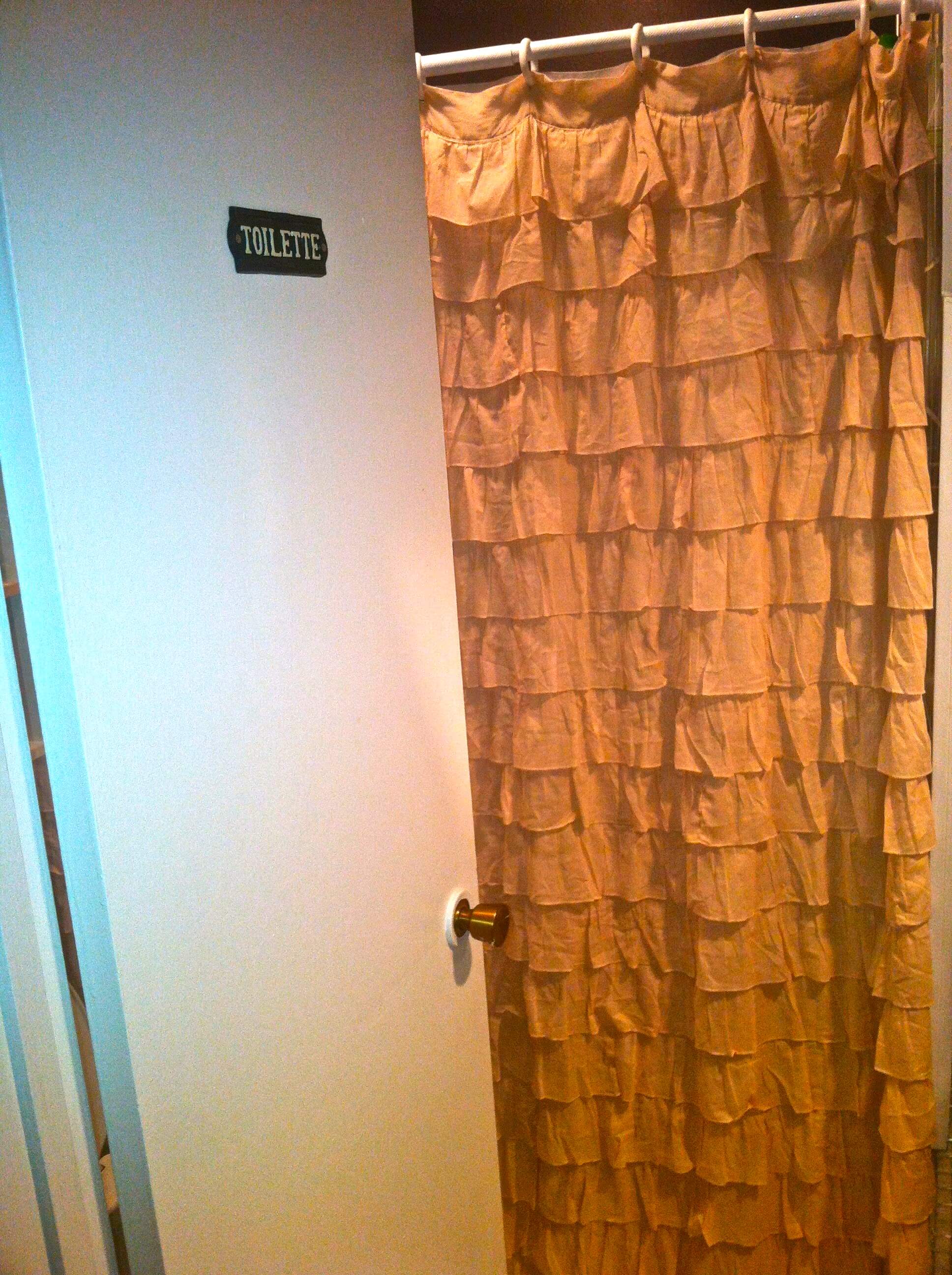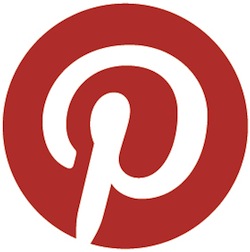
Is pinning wining? The image-based social network Pinterest has come fast out of left field, suddenly attracting more daily users than big-wig social networks like Goolge+ and LinkedIn. How does Pinterest redefine social shopping, and what are the implications for your brand?
By Amanda Rebecca Cosco
These days, it seems a picture is worth more than a thousand words: With photo-sharing/editing app Instagram selling to Facebook for $1 billion and online image sharing site Pinterest valued at the same price, our cultural stake in visual content is much higher.
Pinterest is an online pinboarding site. Users (called “Pinners”) create boards based on themes, concepts, or events and then select (or pin) images for that board or repurpose (repin) other user’s images. Early adaptors included fashion designers, interior designers, brides-to-be, party planners, and foodies.
At it’s very basic level, Pinterest helps internet users organize the vasts amounts of content they look at on a day-to-day basis. For creative types, Pinterest provides some method to the mayhem of the creative process: for example, an inspiration board centered around a style or mood like “bohemian” can aid the research process of an artistic venture or new style:
On a more sophisticated level, Pinterest also circulates image content. An image, once pinned, travels across this digital landscape, like a polaroid in a soldier’s pocket. Each time an image passes the hands of a new user, she adds new meaning to it by adding words that help describe it; this may seen like an unimportant gesture, and alone, it would be, but collectively, pinners are helping categorize the internet’s image content. Could Pinterest be the Wikipedia for images?
What began as the ideal site for brides-to-be to organize and plan for their special day has now grown into the third most popular social network in the U.S., behind Facebook and Twitter according to market researcher Experian.
My relationship with Pinterest began last year, and, like most of my relationships with social networks, it started with my keen sense of curiosity and spirit of play. I wanted to know what all the fuss was about surrounding Pinterest, but I didn’t know how to use it or how it fit in to the already swarmed and ever-volatile social landscape.
At the same time, I was moving into my first apartment on my own in the city. It wasn’t anything fancy: a second-floor studio in Toronto’s east-end with large windows, a square patio and a landlord as sweet as a cherub. Having never lived on my own before, I was eager to decorate in a style that reflected my unique taste. After all, your home is your castle, and I believe that the way you shape your immediate surroundings is a metaphor for the kind of life you want to live.
I titled my board “A Room of One’s Own.” It contained images of colour palates, decor, and home furnishings that suited my vision for my new apartment:
I wasn’t looking for items to purchase; in fact, I wasn’t planning on buying anything. Instead, I was using Pinterest as a tool to help manage the process and gather inspiration. After creating my first board, I was impressed with how easy-to-use and sophisticated this new social network was.
Unlike a Google image search, where you must click through a number of pages to view an enlarged version of an image, Pinterest allows users to flip though beautiful images with ease since it hosts both the thumbnail version and the enlarged version of the same image. Pinterest also accepts (and yields results for) abstract and conceptual search terms; compare the below results for a Google image search for “lovely” and a Pinterest search for the same adjective:
Google Image search results for “Lovely”:
Pinterest search results for “Lovely” :
Notice the difference in the quality and style of the images in each screenshot. Notice how one-dimensional the images of this adjective are in the Google image search compared to the Pinterest search. Clearly, Pinterest favours and caters to a certain image-sensitive audience, carrying with it a specific aesthetic of style.
As mentioned, I started using Pinterest to decorate my apartment. I’d requested an invite, made an account, and researched the social network to understand how it worked. I was ready to pin away.
So there I was gathering style ideas for my new pad when one of the pinners I was following (note: users follow each other like on Twitter) shared this image:
 It was a picture of a ruffled waterfall shower curtain and I had to have it (I know how I sound right now, but bear with me, this is all going somewhere ..)
It was a picture of a ruffled waterfall shower curtain and I had to have it (I know how I sound right now, but bear with me, this is all going somewhere ..)
I clicked the image once to enlarge it, to confirm that the shower curtain was just as lovely up close as far away. When I clicked the image a second time, to my surprise it brought me here….
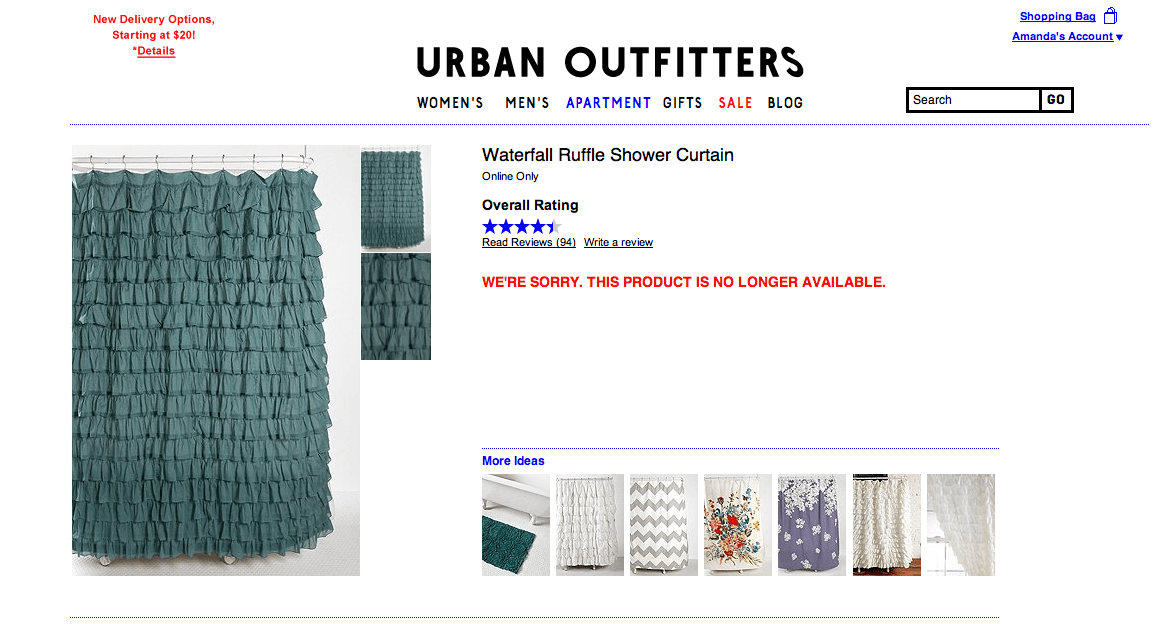 … to Urban Outfitters’ website, the very place where I could purchase the shower curtain.
… to Urban Outfitters’ website, the very place where I could purchase the shower curtain.
Jackpot, I thought. Not because I was one step closer to my new (and ridiculously priced) shower curtain, but because in that moment I understood how Pinterest worked: pinners share content they love and inevitably someone (like me) will end up wanting to make contact with whomever (or wherever) that image came from. As mentioned, I didn’t log on to the site with the intention of buying anything, but something I needed (a shower curtain) found me, and it was so suited to my style that I didn’t even mind over-the-top price tag. To me, it seemed like social shopping perfected.
The visual nature of Pinterest paired with its ability to link back to another site explains why so many retailers (such as Urban Outfitters) have jumped on the Pinterest train. And it’s not just big retail names that are seeing social success—many independent and speciality vendors have discovered the site helps direct traffic to their Etsy page or website, since Pinterest boosts online visibility.
Not only is Pinterest a lucrative marketing channel for driving online sales, it also gives you the chance to connect with consumers seeking what you’re selling. Using Pinterest’s category tool and keywording, you can tag your image with the words most used when searching for your product, like Your Cup of Cake does:
Even if you’re not selling a product, Pinterest can be leveraged as a channel for lifestyle branding. Check out The Travel Channel, Tourism Toronto, Frogbox, and Whole Foods for examples.
As I write this, my waterfall shower curtain hangs in my bathroom. If it wasn’t for Pinterest, I wouldn’t have found this piece—or maybe, it wouldn’t have found me.
Want to learn more about how to market your brand on Pinterest? We’d love to chat.
Resources:
56 Ways to Market Your Brand on Pinterest
3 Things to Know About the New Pinterest Profiles
Brands, Businesses and Blogs on Pinterest
Branding Yourelf with Pinterest


